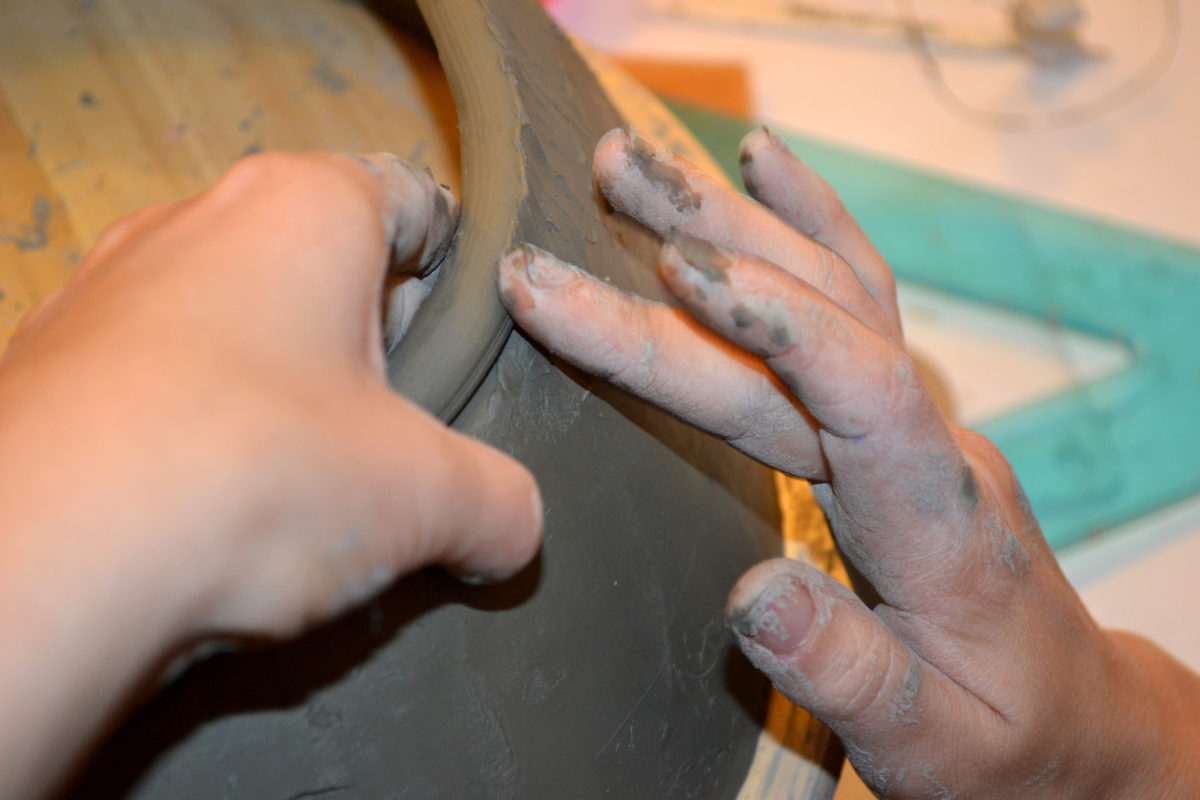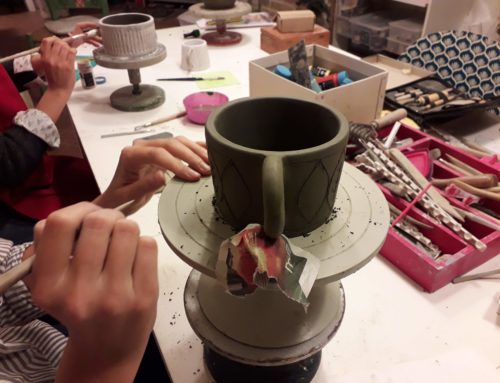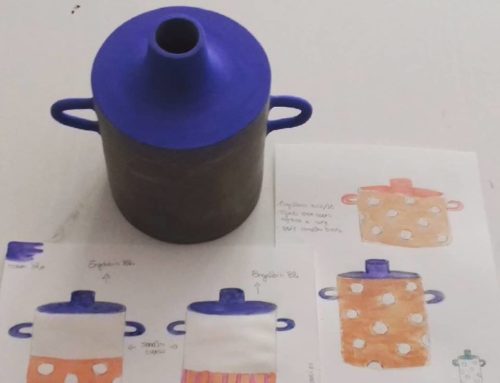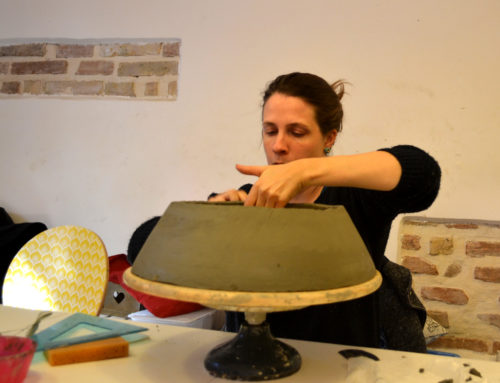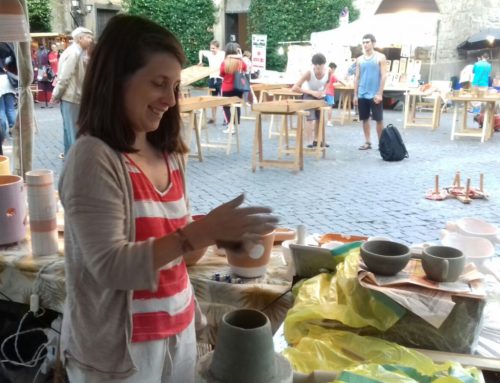“Have nothing in your houses that you do not know to be useful or believe to be beautiful”. (William Morris, The Beauty of Life, 1880)
“To give people pleasure in the things they must perforce use, that is one great office of decoration; to give people pleasure in the things they must perforce make, that is the other use of it”.(William Morris, The Decorative Arts: Their Relation to Modern Life and Progress, 1877)

William Morris at the age of 53
With these words, which sound like music to my ears, William Morris expresses his thoughts and the essence of the Arts and Crafts Movement he founded at the end of the 1800s in London, in the Victorian Age. This Art Movement was born to safeguard the manual work of the man and the quality of handmade products in contrast with the unavoidable and irreversible spread of industrialization. The Arts and Crafts Movement was important because it emphasized man’s need to be surrounded by beautiful things in all his daily life to make life better, questioning the ugliness of industrial products and denouncing the lowering of the quality of life of workers working within the English factories.
More than a century has passed since that era, everything has changed and yet I think that many of the ideas and principles of that movement can be more urgent than ever. In such a technological contemporary world made of high tech, smartphones and social networks where the real is virtual, in a society where almost everything is produced at low cost, in a present so frenetic and alienating, I think that craftsmanship is an activity deserves to be promoted and spread. Once the expression “handmade” was intended as a guarantee of the quality of a product; later, I do not know exactly why, it came eclipsing almost as if it were a demerit note; thus we witnessed a sort of reversal of the judgment as if only what was done industrially and had a great signature could be something qualitatively valid.
Craftsmanship is making a huge comeback these days. Just as William Morris thought, craftsmanship improves the quality of life of both those who practice it and those who like its outcomes. The craftsman benefits from his work because manual work, whatever it is, brings you back to reality, makes you regain the sense of time and place, here and now, makes you come into profound contact with yourself. When you work manually and you are focused on creating something out of nothing, you are the one who gave the time, and you decide how to do that particular job and the satisfaction of seeing an object created into your hands is all yours. Behind the handmade there is a certain genuineness and honesty that is typical of manual work.
But craftsmanship is also good for others, those who are not artisans. In a world dominated by Ikea-style furnishings (by the way, my house also is not free of it!), where all the houses have the same line and only the combinations of colors and modules change, people need authenticity, uniqueness, originality and personality. And many people look for these qualities in objects, clothes, food, experiences and different aspects of their lives. This is proved by the fact that today the demand for handmade products is growing and there are many creative people who choose to become artisans and open their own laboratory, of ceramics, leather goods, tailor’s shop confectionery, etc., doing things with their own hands, leaving a mark on the world by producing something unique for themselves and for others.
When I pause to reflect on my work as a ceramist, I think of all this … Despite the difficulties in engaging in a job “on my own”, I think I am lucky to have a passion as strong as ceramic. A work A job that gives me great satisfaction both in the creation process and in the moment I see one of my objects coming out of my door and entering someone’s house. Exit the laboratory in the evening after so many hours focused on getting your hands “in dough” and look forward to getting back there is a pleasure that I consider a luxury!



